SOURCE: RAUNAK KUNDE / NEWS BEAT / IDRW.ORG.
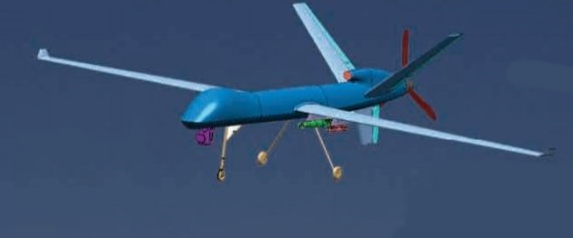
Honeywell Aerospace will be supplying its TPE331-10 Turboprop Engine that will be used to power India’s upcoming High-altitude long-endurance (HALE) unmanned aerial vehicle (UAV) that is currently under development by the Aeronautical Development Establishment (ADE) and Hindustan Aeronautics Limited (HAL).
TPE331-10 Turboprop Engine has a power output of 940HP and an older variant is also used on the Dornier aircraft manufactured by the HAL that also includes the license agreement of the engine.
Continue readingSOURCE: RAUNAK KUNDE / NEWS BEAT / IDRW.ORG.
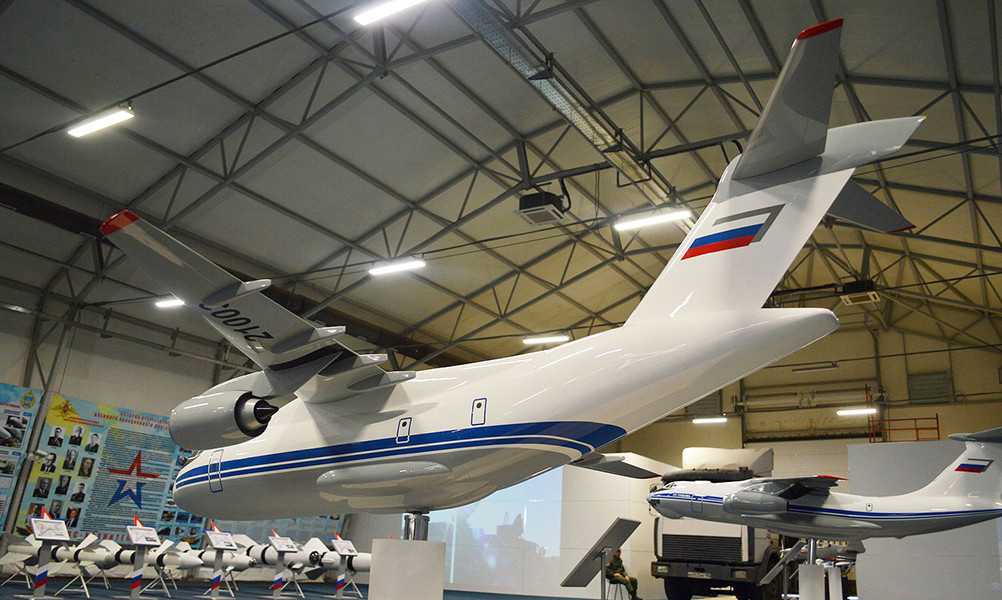
On the sidelines of Aero India 2023, Rostec officials held talks with the State-owned Hindustan Aeronautics Limited (HAL) officials on a possible joint bid for the sale and assembly of the Ilyushin Il-276 medium-airlift military transport aircraft in the country.
idrw.org has been told that initial talks involved a detailed presentation of the plane on offer and its plans for a possible tie-up with the HAL for local manufacturing of the transporter in India.
Continue readingSOURCE: RAUNAK KUNDE / NEWS BEAT / IDRW.ORG.

German Chancellor Olaf Scholz will pay a State visit to India and is keen to push for the government-to-government route for the supply of six next-generation advanced conventional submarines for an Indian Navy as it has decided to stay out of the Project-75I tender due to liabilities clauses.
Germany has offered its HDW Class 214 Submarine along with the South Korean KSS-III diesel-electric attack submarine are the only two candidates that meet the technical and financial conditions under the Project-75I tender floated by the Indian Navy but Germany has decided to stay out of the tender process and is now pitching for a G2G deal.
Continue readingSOURCE: RAUNAK KUNDE / NEWS BEAT / IDRW.ORG.
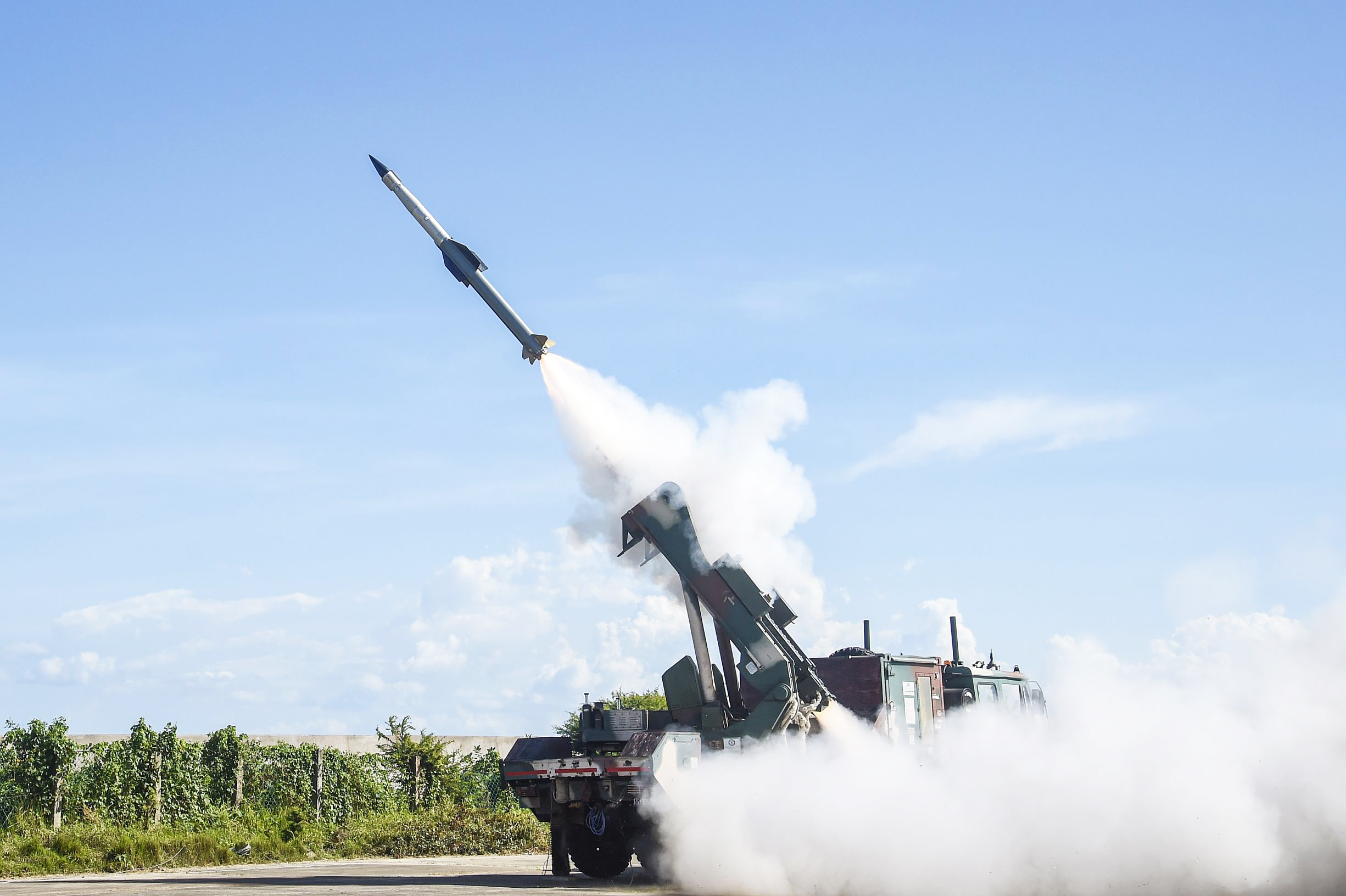
In an interview with CNBC TV, Cmde Siddharth Mishra (Retd), Chairman & Managing Director of Bharat Dynamics Limited (BDL), confirmed that the DRDO-developed Quick Reaction Surface-to-Air Missile (QRSAM) will undergo further user trials by the Indian Army later this year, which will continue until the end of the year, and the company expects orders from the Indian Army by the end of 2024.
The Indian Army requested that the QRSAM be modified to improve its performance against low hovering helicopters, after which the DRDO modified the Radar system of the Air Defence system.
Continue readingSOURCE: RAUNAK KUNDE / NEWS BEAT / IDRW.ORG.
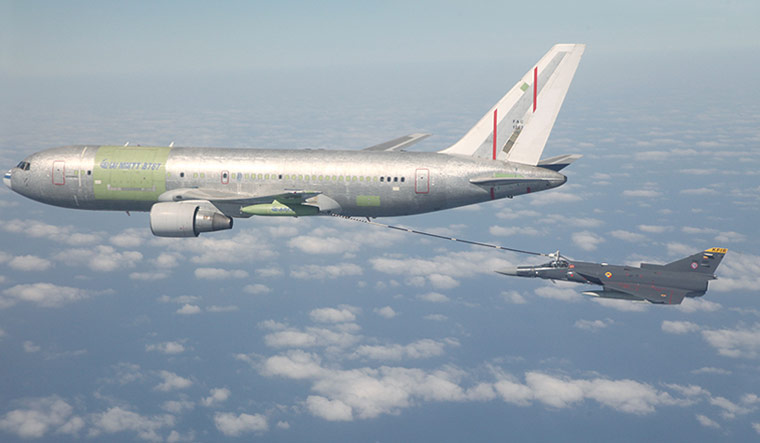
Boeing has pitched its KC-46 Pegasus, an American military aerial refuelling and strategic military transport aircraft to the Indian Air force (IAF) at the recently concluded Aero India 2023 but Boeing officials also confirmed to idrw.org that is it ready to provide all the support required for the Israel Aerospace Industries (IAI) and Hindustan Aeronautics Limited (HAL) proposed plans to convert pre-owned B767 aircraft into cargo configuration with air refuelling and transport capacity.
IAI and HAL plan to soon procure Six B767-300ER aircraft from a pre-owned market for which they are looking to procure jets that are between 7-10 years of age so that they can be in service for the next 20 years with the Indian Air Force (IAF).
Continue readingSOURCE: RAUNAK KUNDE / NEWS BEAT / IDRW.ORG.
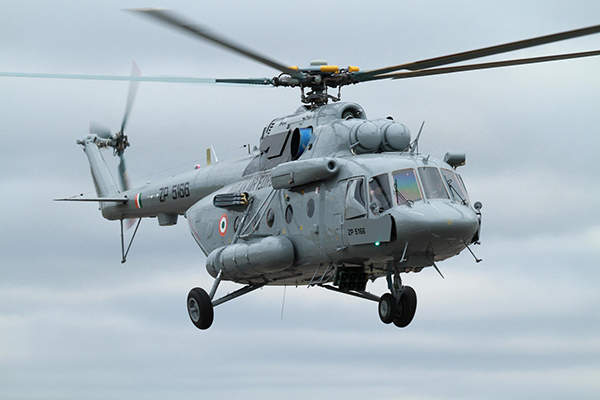
Indian Air Force older generation Mi-17 medium-lift helicopters are in for a major upgrade, with plans being firmed up on retrofitting them with advanced avionics and electronic warfare suits along with multisensor payload like short wave infra-red (SWIR) REV III multisensor optical payload locally along with weather radar.
50 older Mi-17 helicopters along with 32 latest Mi-17V helicopters will be modified with upgraded smart multi-function displays, weather radar, traffic collision and avoidance systems and air data systems.
Continue readingSOURCE: RAUNAK KUNDE / NEWS BEAT / IDRW.ORG.
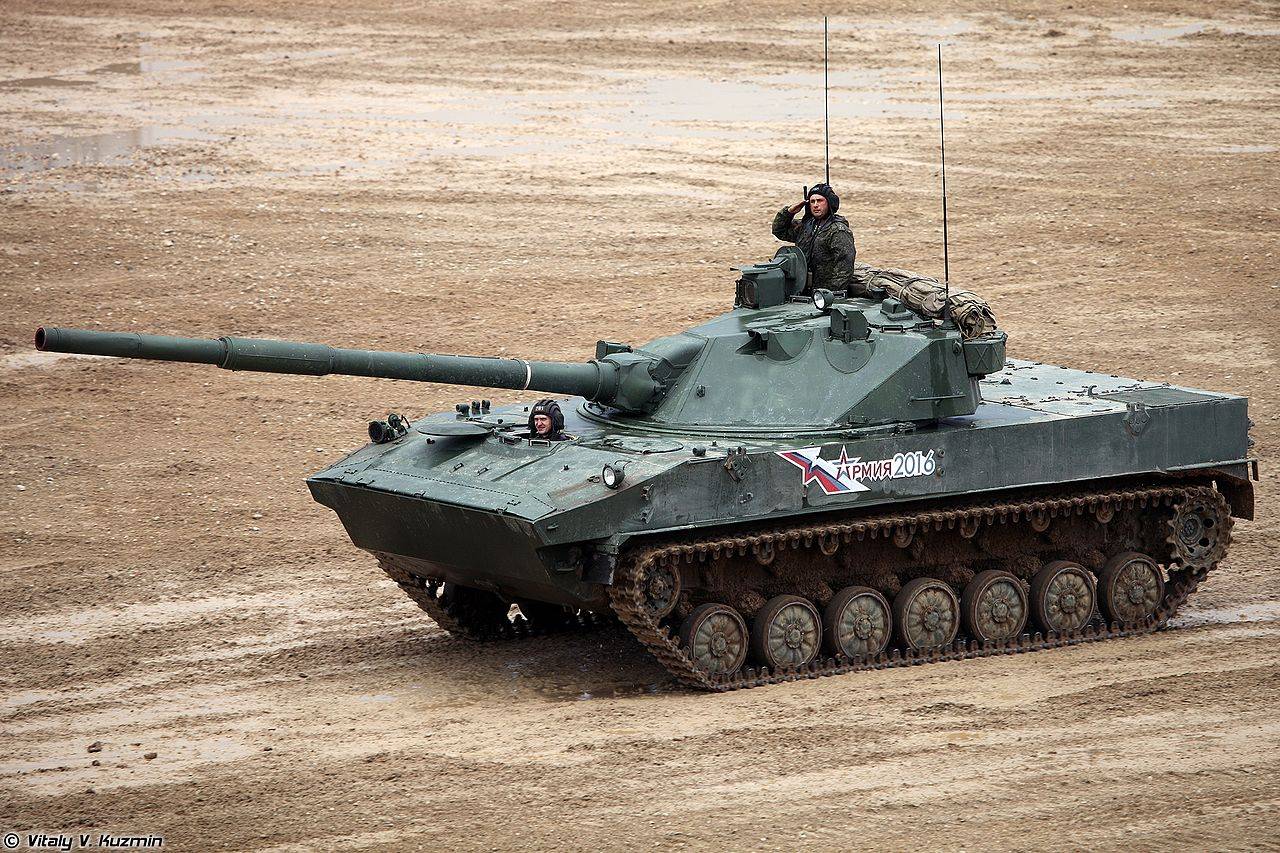
Rosoboronexport has responded to the Indian Army’s requirement for a Light Tank for the Ladhak region with its Sprut-SDM1 tank which the officials claim can be implemented in India within the framework of a large-scale program of Russian-Indian technological cooperation.
Sprut-SDM1 which is equipped with a 125 mm gun that can fire both Mango and Invar munitions which are designed to take out tanks that are equipped with Reactive Armour.
Continue readingSOURCE: RAUNAK KUNDE / NEWS BEAT / IDRW.ORG.
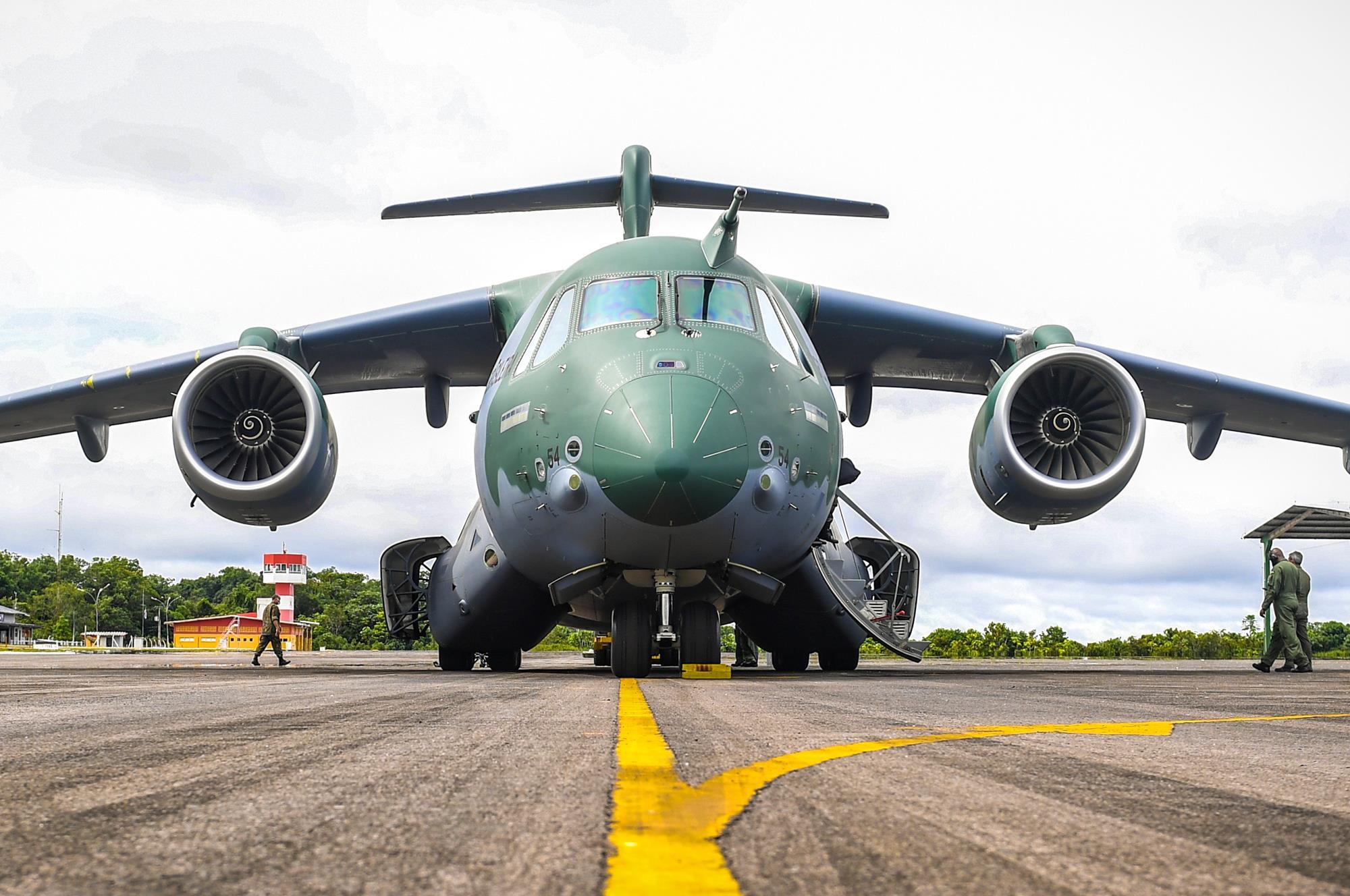
Embraer, a Brazilian multinational aerospace manufacturer that managed to fly in its C-390 Millennium, a medium-size, twin-engine, jet-powered military transport aircraft to India for the Aero India 2023 is upbeat about its chances to bag a contract from the Indian Air Force (IAF) for its requirements for Medium Transport Aircraft (MTA) for which it recently had issued Tender.
Embraer officials who spoke to idrw.org have confirmed that the C-390 which can carry 26-ton of Cargo payload is perfectly optimised for Indian High altitude operations and the company is keen to offer the Transporter to IAF for Technical trials purposes to demonstrate its capabilities.
Continue readingSOURCE: RAUNAK KUNDE / NEWS BEAT / IDRW.ORG.
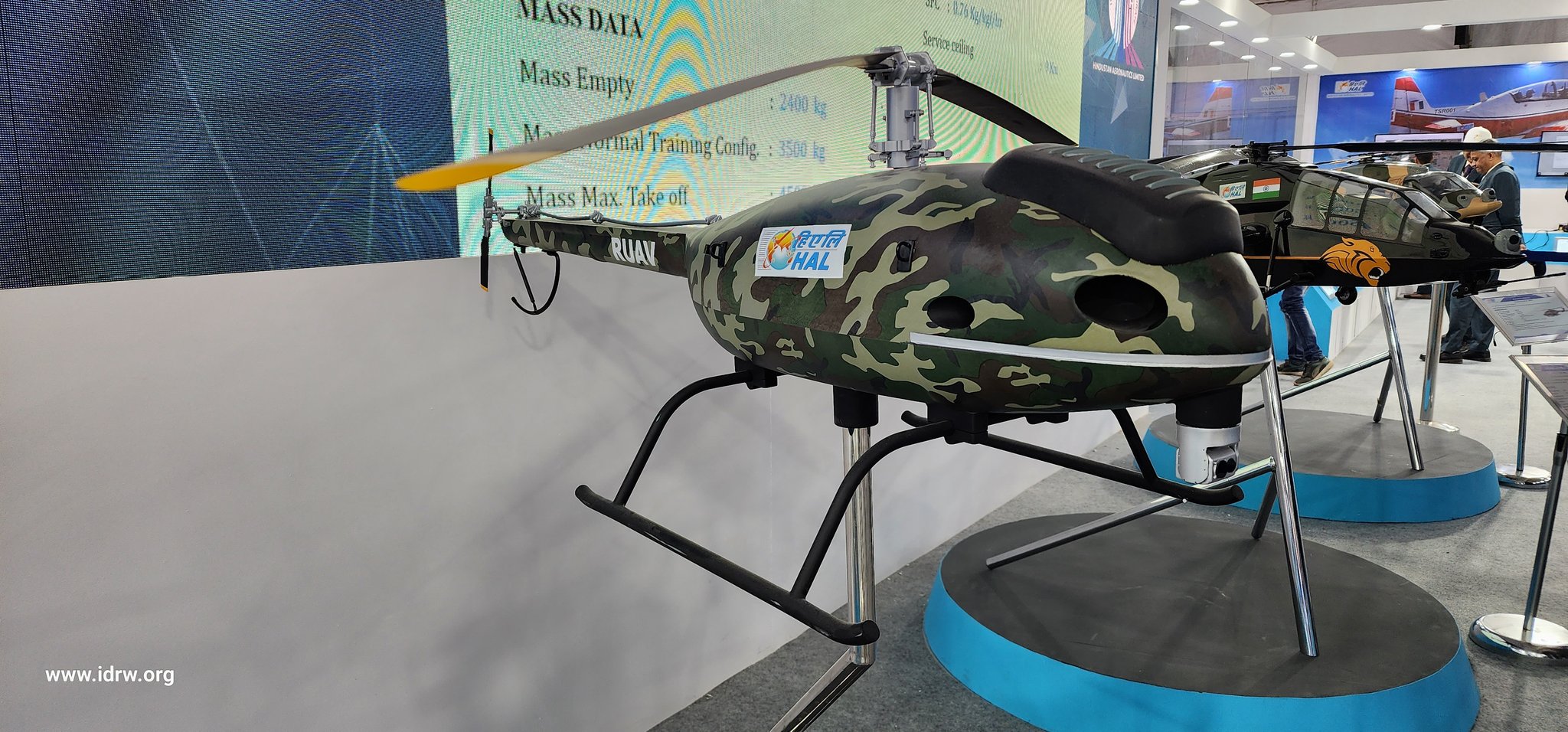
Indian state-owned Hindustan Aeronautics Limited (HAL) at the Aero India 2023 showcased model of its RUAV-200, a cargo-carrying unmanned helicopter for High Altitude operations with a refined and redesigned fundamental structure than the previous design for improved High Altitude operations.
idrw.org has been told that the testing of the powerplant for the RUAV-200 has progressed well and fabrication of the RUAV-200 is presently taking place and first flight of which has been planned for later this year.
Continue readingSOURCE: RAUNAK KUNDE / NEWS BEAT / IDRW.ORG.
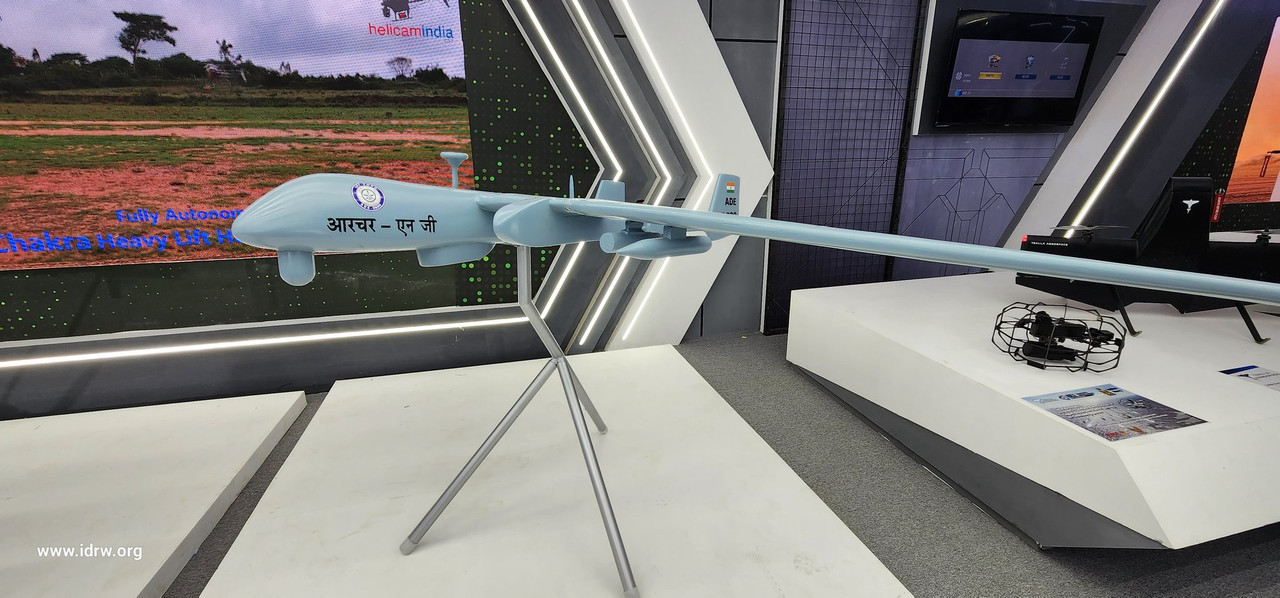
Archer-NG Weaponized Male UAV with a single engine twin-boom architecture in pusher configuration powered by an 180 hp diesel engine developed by the VRDE will share most of the components with the current Tapas MALE UAV due to which first flight of the Archer-NG has been planned in Month of April-May this year.
Archer-NG will have over 70% of the systems and components from the Tapas program that includes its MREO, LREO, SAR, and MPAR payloads including ELINT & COMMIT, IFF, TCAS & UCR systems. Archer-NG will have four hardpoints that can carry a maximum payload of 300kg that can also be used for intelligence, surveillance, target acquisition, and reconnaissance (ISTAR) missions.
Continue readingSOURCE: RAUNAK KUNDE / NEWS BEAT / IDRW.ORG.

DRDO Chairman Samir V Kamat has said India’s Tactical Advanced Platform for Aerial Surveillance (TAPAS) Medium Altitude Long Endurance (MALE) UAV will be flying in the next two months on Vehicles Research Development Establishment (VRDE) developed 180 hp diesel engine that will replace current 177 HP Austro 330EP engines used on the Tapas.
idrw.org has been told at the Aero India 2023 that One of the Tapas Prototype already has been integrated with the indigenous 180 hp diesel engine and that Tapas has even commenced slow and fast Taxi trials.
Continue readingSOURCE: RAUNAK KUNDE / NEWS BEAT / IDRW.ORG.

Stealth Wing Flying Testbed’ (SWiFT) was developed by the Aeronautical Development Establishment (ADE), Bengaluru, a research laboratory under DRDO as a bridging gap towards the design and development of an indigenous Futuristic Unmanned Fighter Aircraft (FUFA).
FUFA will be powered by a 46kN Dry Kaveri engine and is expected to have a >10-ton AUW ( All-Up Weight) that will adopt a flying-wing scheme and incorporates the use of composite materials and stealth coatings to have reduced radar cross-section.
Continue readingSOURCE: RAUNAK KUNDE / NEWS BEAT / IDRW.ORG.

Tata Aerospace and Defence at Aero India 2023 showcased the scale model of the WhAF 8×8 Wheeled Armoured Fighting Vehicle which the company had developed jointly with the state-owned Defence Research and Development Organisation (DRDO).
WhAF is an Amphibious infantry combat Vehicle integrated with a Power pack with Automatic transmission, floatation and propulsion modularity and scalability to help the platform be easily customized to cater to various missions and operating conditions.
Continue readingSOURCE: RAUNAK KUNDE / NEWS BEAT / IDRW.ORG.
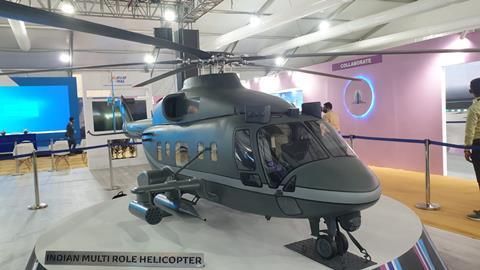
Indian Multi-Role Helicopter (IMRH) program that has been proposed by Hindustan Aeronautics Limited (HAL) has entered the detailed design phase and soon will be presented for the Cabinet Committee on Security (CCS) approval for the funding of the program post which Prototype will be ready for first flight four years after CCS approval confirmed HAL official to idrw.org.
IMRH scale model displayed at Aero India has been further optimised and some design changes have been carried out and the design has been frozen. HAL will also be developing a Deck-Based Multi-Role Helicopter a Naval variant of the IMRH but with a higher All-up weight of 14 tons for an increased range.
Continue readingSOURCE: RAUNAK KUNDE / NEWS BEAT / IDRW.ORG.

Gas Turbine Research Establishment (GTRE) recently tasted its first major success after concluding high altitude chamber tests in Russia for its Non-Afterburner variant of the Kaveri engine called the Dry Kaveri engine and now has plans to get hands on the older LSP model that can be used as a static test airframe for the engine program.
Godrej Aerospace has been awarded a contract to manufacture six Dry Kaveri engines to be used for further sustenance and endurance tests where it will accumulate long running hours along with simulated crosswind conditions to check turbulence on fan blades recorded across a range of operation, from idle to full thrust, and further automatic control systems will be refined.
Continue reading